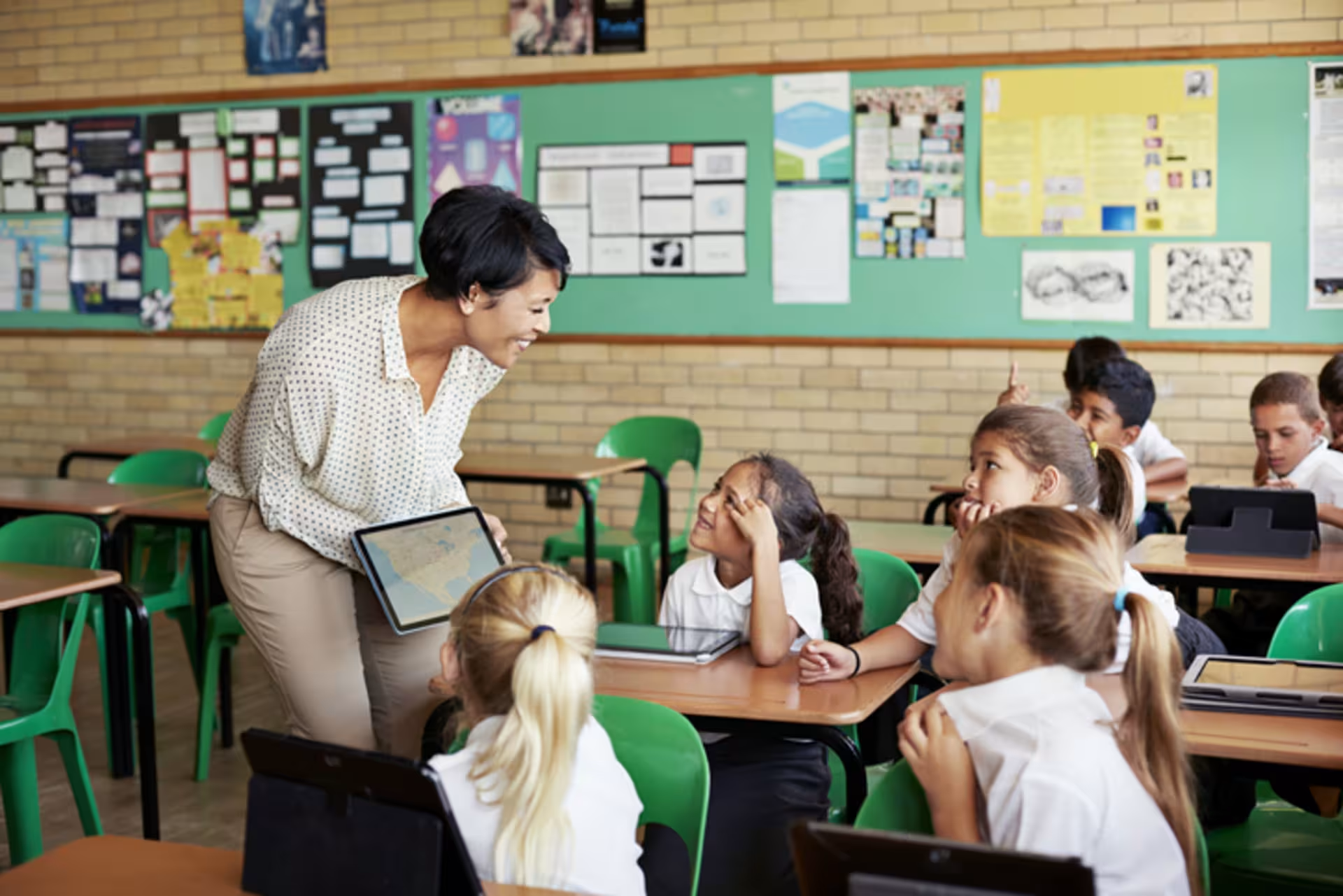Read time 3 minutes
Published on Mar 24, 2020
Read time 3 minutes
Published on Mar 24, 2020
Speak with a University Counselor today.
The views and opinions expressed in this article are those of the author’s and do not necessarily reflect the official policy or position of Grand Canyon University. Any sources cited were accurate as of the publish date.

In a previous blog, educators learned about strategies for self-care and social and emotional well-being. In addition to practicing self-care, teachers need to be intentional about implementing effective social and emotional approaches to build community in their classrooms. The very first step in this process is to begin identifying the vocabulary for social and emotional well-being. When students learn the meaning of these words, they will be better equipped to vocalize their thoughts and emotions. Here are some ways educators can implement restorative practices with their students.
Foster strong relationships among students. When teachers model and guide their students using the strategies outlined above, students are more likely to build and maintain meaningful relationships with one another, express their emotions appropriately and have healthy social exchanges.
When educators arm students with effective ways to nurture social and emotional well-being, they are less likely to have disciplinary issues. Instead, they will likely experience higher success rates in all aspects of their education.
Want more? Check out all of the articles from Teaching Tuesday and return each week for a new post. To learn more about the College of Education and our degree programs, visit our website.
Ensure that the students have a voice in the decision-making process regarding consequences for conflicts. What should happen to restore justice when a person has been emotionally harmed, or when one has inflicted harm or broken a class norm? By engaging in this process, students are able to practice empathy, self-reflection, and accountability. In the previous example, students may decide that a just solution could be to return the pencil and apologize. Or, s/he may wish to replace the pencil with a new one.
Teach your students to engage in effective communication. Many educators do this by implementing class meetings throughout the day. In these meetings, students share their “glows and grows” as a way to reflect on things that went really well for them as well as areas of opportunity for growth and emotional development. Teachers can use guiding questions or sentence starters to help get the session started. Some examples are: “I practiced determination today when I…” or “I will be more diligent in practicing my…”
When conflict arises in the classroom, whether between two or more students or between the teacher and the student, use it as an opportunity to engage in restorative conversations. Start a dialogue to identify the origin of the problem and identify the feeling associated with the conflict. For example, if a student is upset because another took his pencil, the teacher may help the student share the following: “When you took my pencil, it made me feel like you did not respect my property.”
Acknowledge your students when they engage in respectful dialogue and effective communication. Oftentimes, even if students have not learned the meaning of a particular characteristic, simply applauding them for exhibiting such virtue will make them feel successful. When they hear, “I really applaud you for the way you showed compassion towards your friend,” they will more frequently practice this behavior.